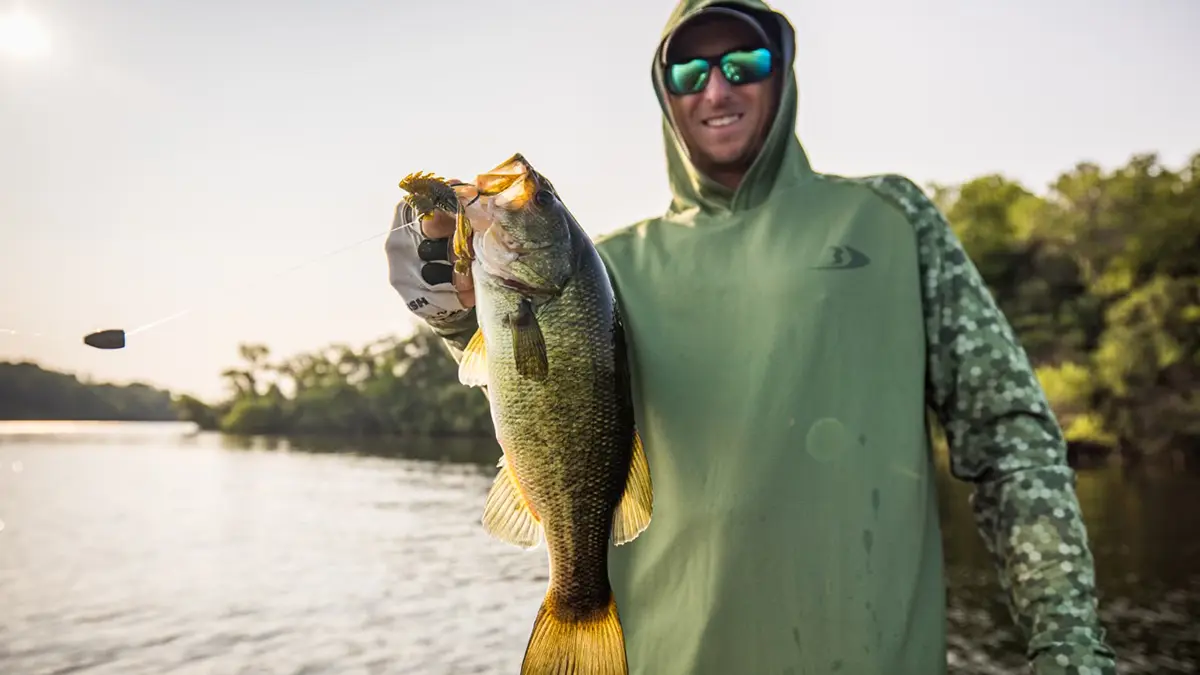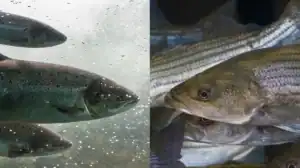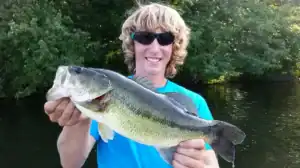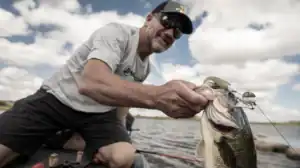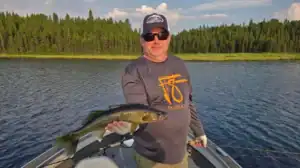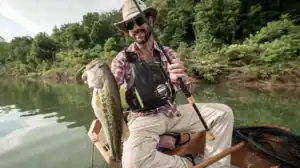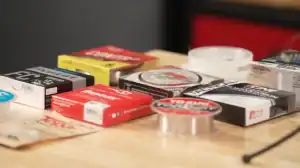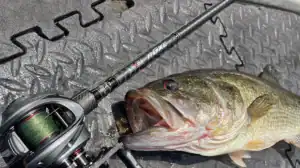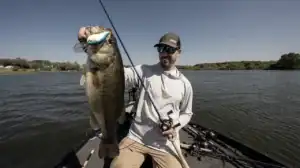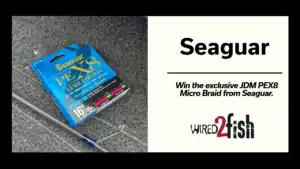There is no shortage of vegetation to fish for bass in bodies of water in the Midwest like the Mississippi River, Lake Minnetonka and Gull Lake. Shorter days signal that the growth of vegetation is nearing completion for the year and as the nights get cooler that vegetation will start to die off. As this happens, the vegetation that wasn’t matted, will clump up and become matted. The stuff that was will become even more dense.
All forms of vegetation provide bass with overhead cover from the sun’s rays and heat. More importantly, they give bass the ability to position themselves so they can ambush bluegills and baitfish that are congregating around the vegetation.
There are two main ways that you can fish heavy vegetation for largemouth bass. Both of which are intense, require heavy equipment and put the fisherman in the position to do some hand-to-hand combat with some big bucket-mouths. The first technique is by far one of the most exciting ways to fish for bass, you guessed it, a topwater frog. The other technique that works well is to go in after them by punching through the vegetation.
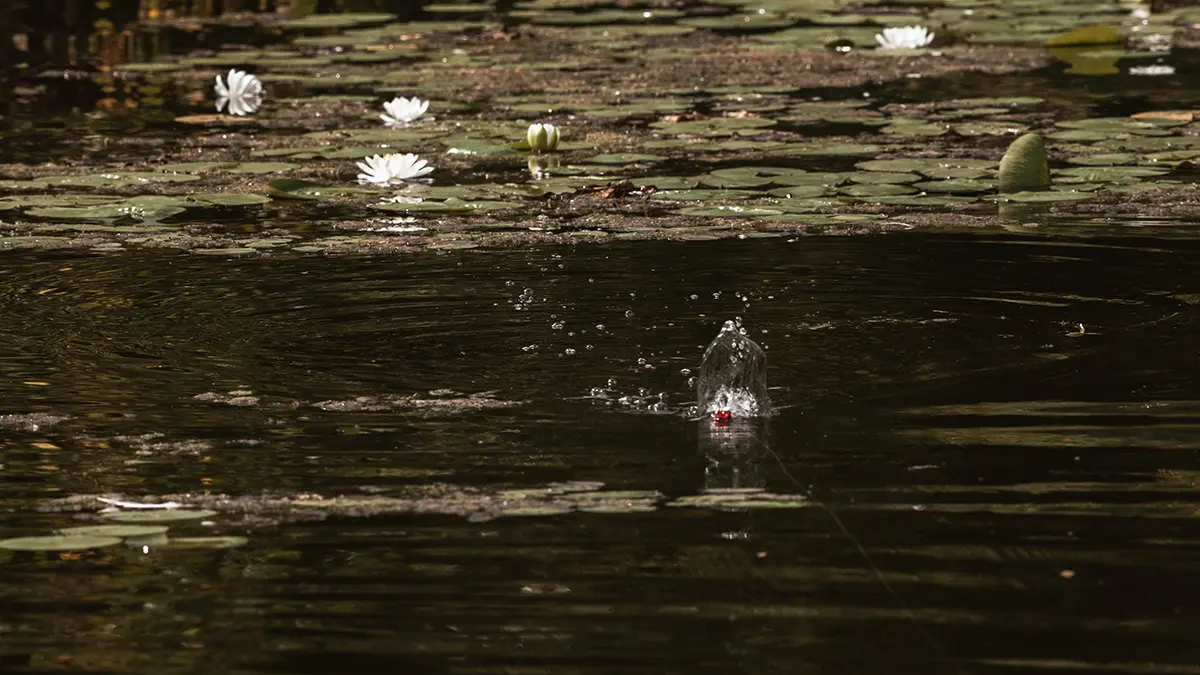
FEELING FROGGY
There are miles after miles of matted vegetation on bodies of water like the Mississippi River, so knowing what to look for can help speed up the elimination process. Keeping an eye on the water depth under the vegetation, and if there is current present are helpful clues. Finding secondary forms of cover, such as a stump, laydown, or rip rap can be key.
I like to cast a Northland Fishing Tackle Reed Runner Frog out across the mat and work it back to the boat, looking for pockets and varying the retrieve as I figure out what is triggering strikes. I want a heavy power rod with fast to extra-fast action for this, a rod that will let me really work the frog but with plenty of backbone for hooking and hauling big bass out of thick cover. Using a line with no stretch is crucial when fishing a topwater frog, that is why I will spool up with 65-pound Seaguar SmackDown Braid.
As the season’s vegetation continues to die off and there are more pockets of open water present, during low light hours, or when it is overcast, bass will get out and feed on the edges of the vegetation, as they move freely and prey upon baitfish and bluegills. This is when I’ll use the Reed Runner Popping Frog (scheels.sjv.io/4P3d9n). I like to bring the frog across the matted vegetation, and then once I get to the open water, I’ll make it chug across the surface, pausing it every few seconds. This erratic action emulates a fleeing bluegill or baitfish, which will draw a bass buried in the heavy cover out to strike.
When the bass are tucked up tight to the vegetation or are holding in the deeper water underneath it, it’s time to slow down and pick apart the vegetation with a slower presentation. For this, I like a Texas-rigged soft plastic. As I work the water, I pay special attention to any irregularities in an otherwise solid edge, the points and open water pockets that form where different types of vegetation mix.
For this slower presentation, I prefer a lighter low-visibility fluorocarbon line. My preference for this is 20- or 22-pound Seaguar TATSU, as it has very little stretch which provides solid hook-sets and lets you turn bass before they bury themselves in weeds. It is also extremely resistant to abrasion created by the weeds.
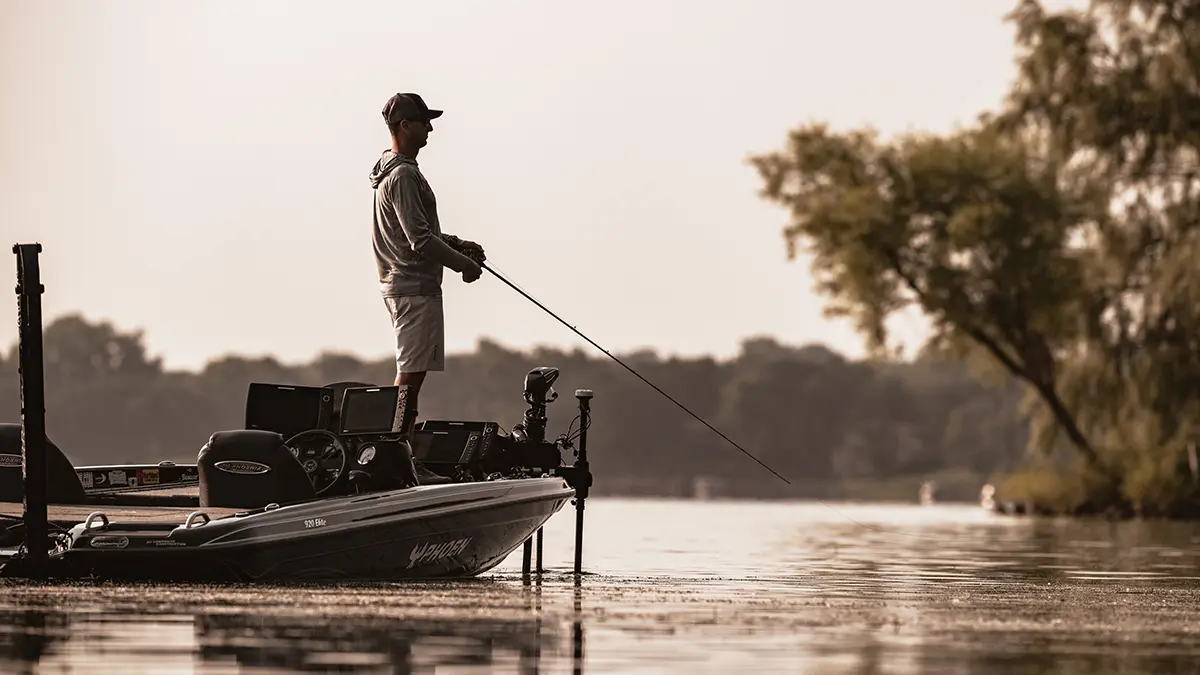
PUNCH ‘EM
When I need to punch through denser vegetation, I will use at least a 3/4-ounce tungsten weight but will push up to 2-ounce weight if the vegetation is that dense. Having a strong and stout hook is a must, as you don’t want the hook to bend on the hook set, or when you are fighting the bass to the boat. My hook of choice is the Lazer TroKar TK133 Pro V Flippin’ Hook in a 5/0 size, as that size allows the bulk of the soft plastic bait to slide away on the hook set, resulting in keeping the bass pegged all the way to the boat.
Some of the possible soft plastic baits that can be used for Texas-rigging include:
- X-Zone Lures Adrenaline Craw : This compact soft plastic bait has a unique floating claw to further entice a bass into biting.
- X-Zone Lures Stealth Creature : This new release from X-Zone is a compact creature bait that excels when you need to slide a bait through thick cover. The floating tentacles and real bait scent will get a buried bass to bite.
- Zoom Magnum UV Speed Craw : When the bass wants more action, the one-of-a-kind kicking action from the Ultra Vibe feet is what you need.
- Big Bite Baits Craw Tube : A northern bass fisherman’s staple for flipping grass, it slides through easily and compresses down when you set the hook. The combo tube tail with craw pinchers mimics a bluegill or craw.
CREEP AROUND
When fishing vegetation it is important to fully pick apart that section once you get a bite in it. Many times there is a sweet spot in every weed mat, or flat that is filled with vegetation. It could be a rock, a sand spot, or maybe a stump. I can power through the thickest of mats with the new Minn Kota Ultrex QUEST Trolling motor. Once I get a bite, I’ll deploy my dual Minn Kota Raptors to keep my boat pinned to the bottom so I can focus on making the same cast over and over.
With two good months of late summer/early fall bass fishing ahead of us, don’t shy away from the heavy stuff! Get out there and be ready to do some hand-to-hand combat with some big largemouth that are holding in the thick stuff.
